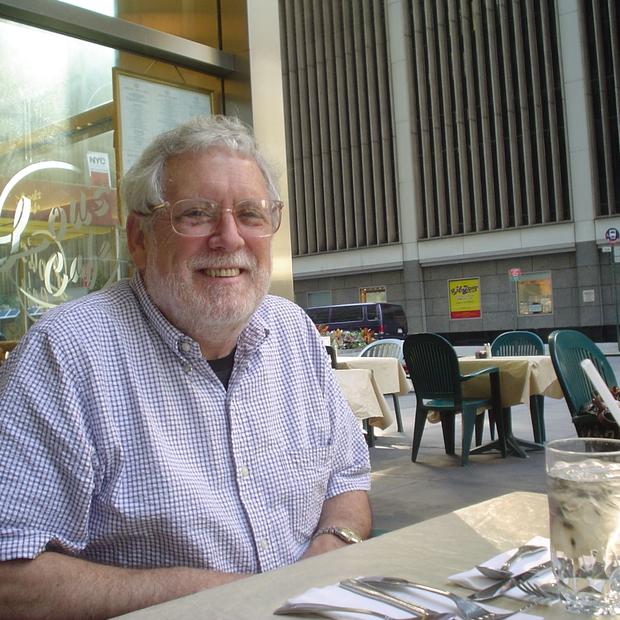One of the problems with reporting on the economy these days is that it is very confusing. You can find a statistic to support almost any economic view, whether you believe the economy is improving or that it's stuck in a painful malaise.
Today is no different with the latest report on the state’s jobs picture.
The state Employment Security Department, in its monthly report, said that on a seasonally adjusted basis, Washington added 8,600 jobs between April and May 2010, the fourth month out of five this year that employment has grown. Good news, right?
Well, 8,400 of those jobs were temporary hires to complete the Census. The private sector, where economic growth must occur, added only 200 jobs. Not so good, huh?
Washington’s seasonally adjusted unemployment rate fell to 9.1 percent, the second month in a row that the rate has declined. Good news. But April’s unemployment rate, originally reported at 9.2 percent, was revised upward to 9.3 percent. Not so good.
Employment Security Commissioner Karen Lee, in a statement, said, “It’s refreshing to talk about job growth and a falling unemployment rate. The momentum seems to be shifting in the right direction.”
Four of the last five months have seen net job growth, and that's good. But whatever momentum may be there is relatively weak. There still are an estimated 310,069 people (not seasonally adjusted) unemployed and looking for work, and more than 265,000 people received unemployment benefits in May.
In the Seattle-Bellevue-Everett metropolitan area, the unemployment rate dropped slightly to 8.4 percent in May from 8.5 percent in April. But showing the stubborn, jobless nature of the current economic recovery, the unemployment rate was 8.6 percent in May a year ago. Unemployment in the metro area has dropped from about 130,000 to 125,000 now.
In Tacoma/Pierce County, the unemployment rate remained high at 9.5 percent. Snohomish County was at 9.1 percent. The high rate in the state was 13 percent in both Clark and Ferry counties, the low in Whitman and San Juan counties at 6 percent.
National figures continue to show the weakness of the economic recovery — or, perhaps, the true state of confusion about the economy. Check out these recent figures and the confusion they entail:
- New first-time claims for unemployment fell in May but remain at 456,000. Good news about the decline, but bad news that the figure is stuck at a stubbornly high level.
- The national unemployment rate dropped to 9.7 percent in May from 9.9 percent the previous month.
- Total nonfarm payroll employment grew by 431,000, but, like Washington state, almost all of that was represented by the hiring of 411,000 temporary employees to work on Census 2010.
We’re part of a global economy, we’re told. So, check out the Organization for Economic Cooperation and Development, the Paris-based organization whose members represent about 60 percent of global output. The OECD said its April unemployment rate held steady at 8.7 percent.
“The OECD unemployment rate remains at a level close to post-war highs,” the organization said in a statement. “The general picture is of broad stability across OECD countries.”
The countries with the highest rates across the OECD area in April were Spain (19.7%), the Slovak Republic (14.1%), Ireland (13.2%), Portugal (10.8%), Hungary (10.4%) and France (10.1%). The lowest rates were recorded in South Korea (3.7%) and the Netherlands (4.1%). In April the number of unemployed persons in the OECD stood at 46.5 million, 3.3 million higher than in April 2009.
I guess that’s what they mean by “broad stability.”
The Wall Street Journal reported today that the Federal Reserve is beginning to talk about what happens if the recovery falters. The report is clear that the Fed still believes the economy is on track to continue the current recovery, but it is now hedging its bet a bit. There remains the possibility of a “double dip” in the economy — a second recessionary period — that has some policy makers concerned.
There's plenty to worry about: Europe’s debt problems, declining stock markets here and worldwide, questions about the commercial real estate market, continuing concerns about the housing market, weak consumer demand, and the unknown impact of the Gulf oil spill.
The events of the past few years have been characterized as the “Great Recession,” given that it is the worst downturn since the Depression of the 1930s. But it is perhaps more accurate to say that the economy is going through “the Great Reset.” Expectations of growth, home values, incomes, and new jobs have likely changed for good.
Bob Ward and Scott Graham, financial advisers at Wedbush Securities in Seattle, said it this way in a recent report to clients:
“Unlike the economic expansions and contractions we’ve come to think of as ‘normal’ during the past 60 years, it is our belief that this cycle is one built on the extremes of very easy credit that begat a massive expansion of debt, which in turn encouraged exaggerated valuations and speculation. Hence, a return to what was previously experienced could well require many years. The conditions a few years from now may well resemble those we are experiencing today.”



